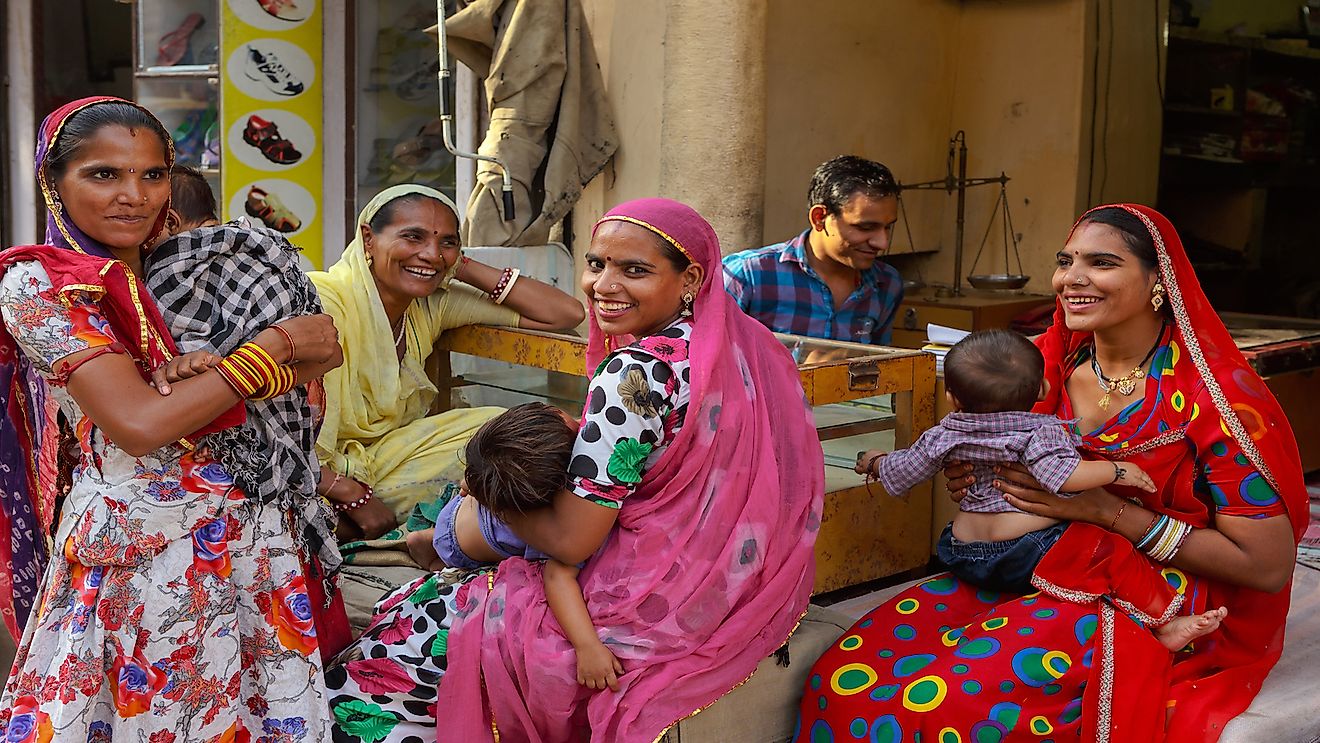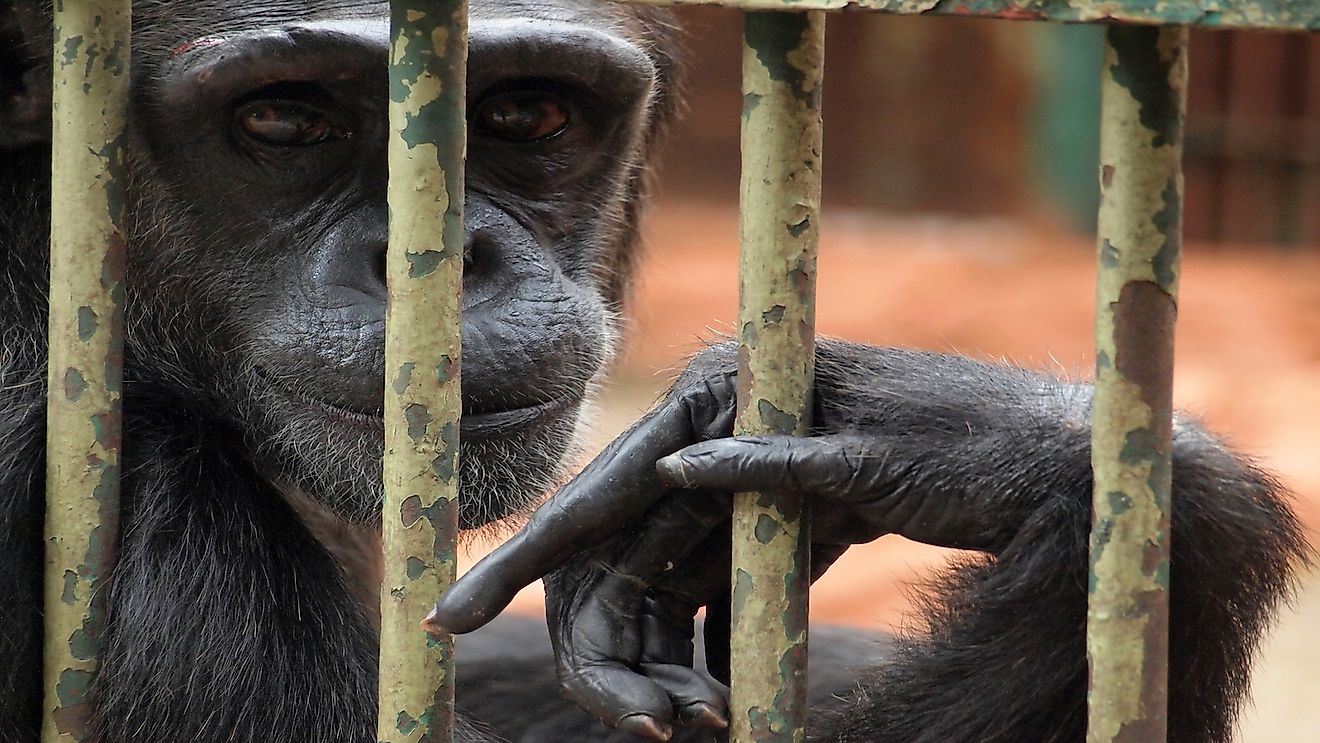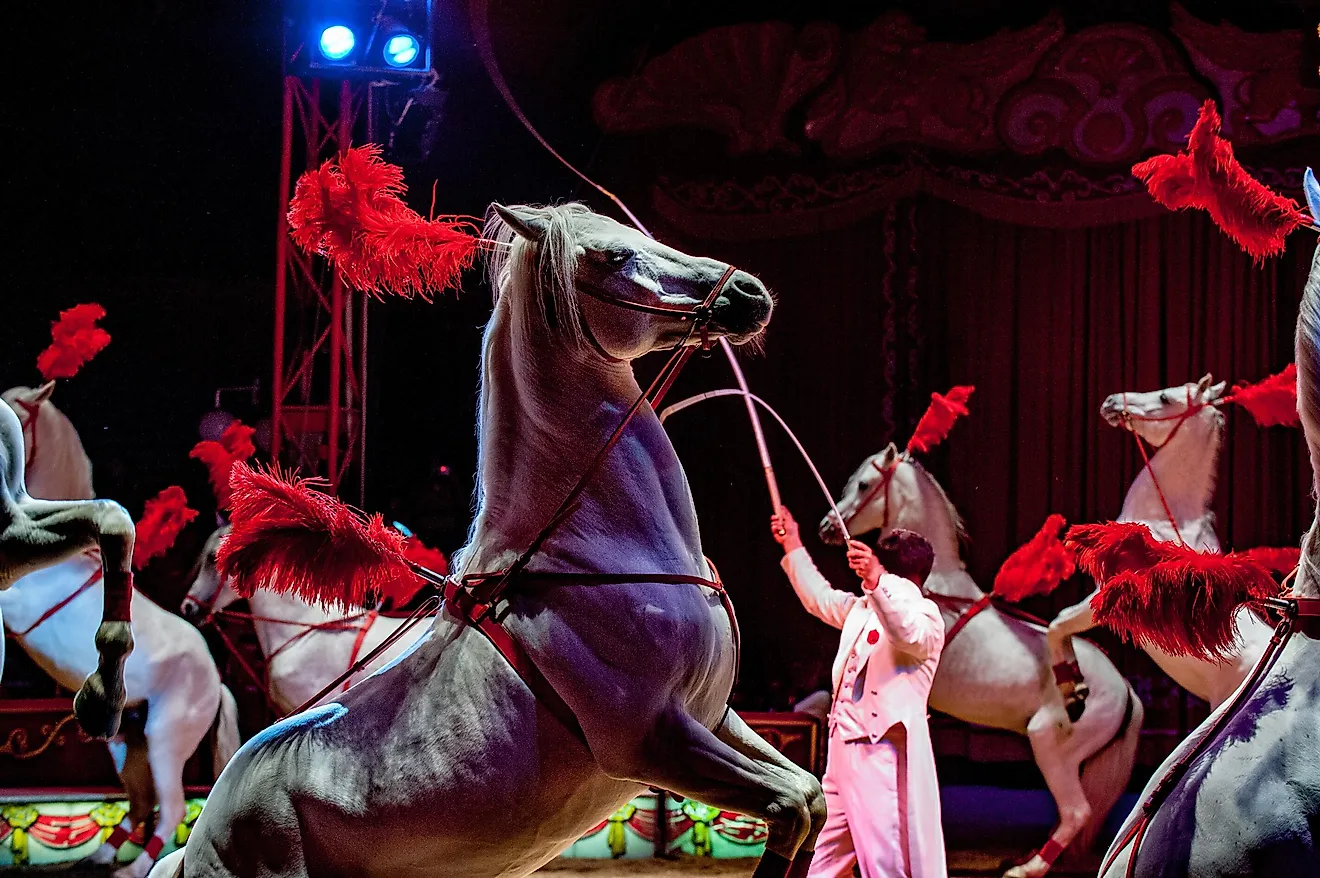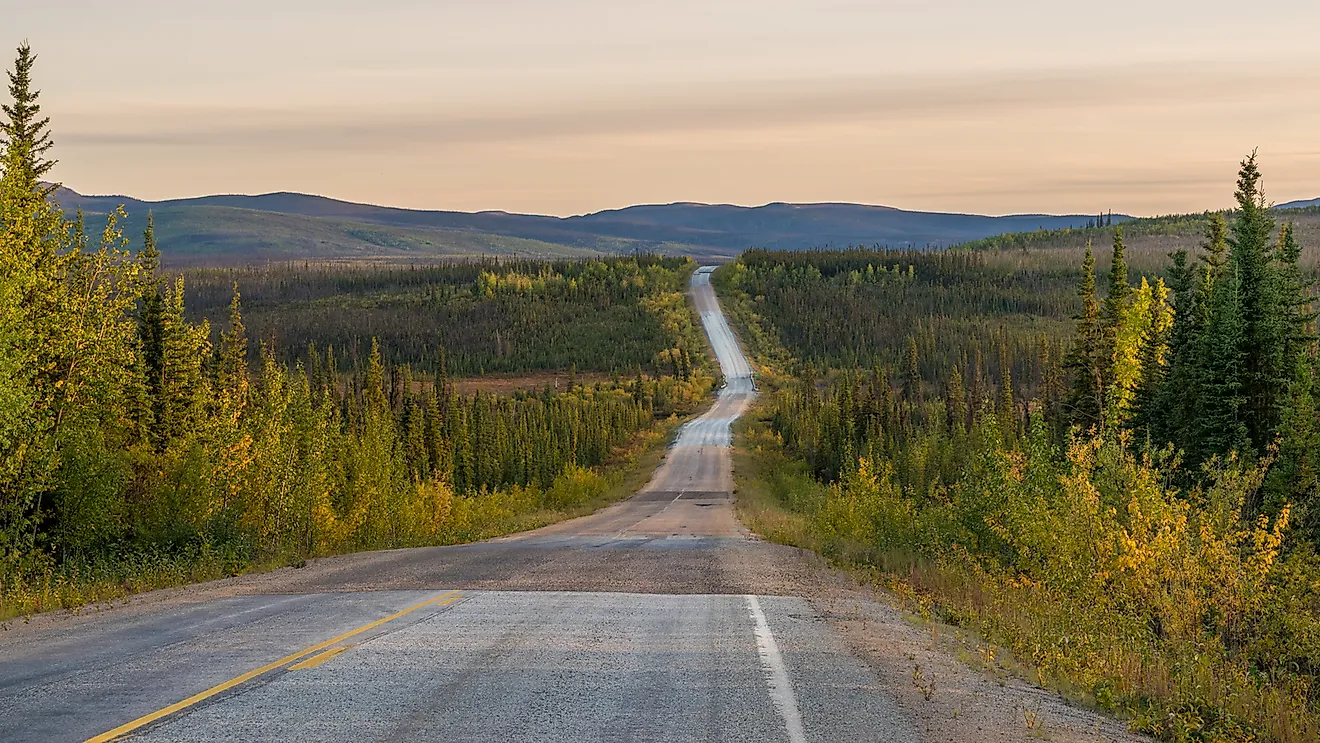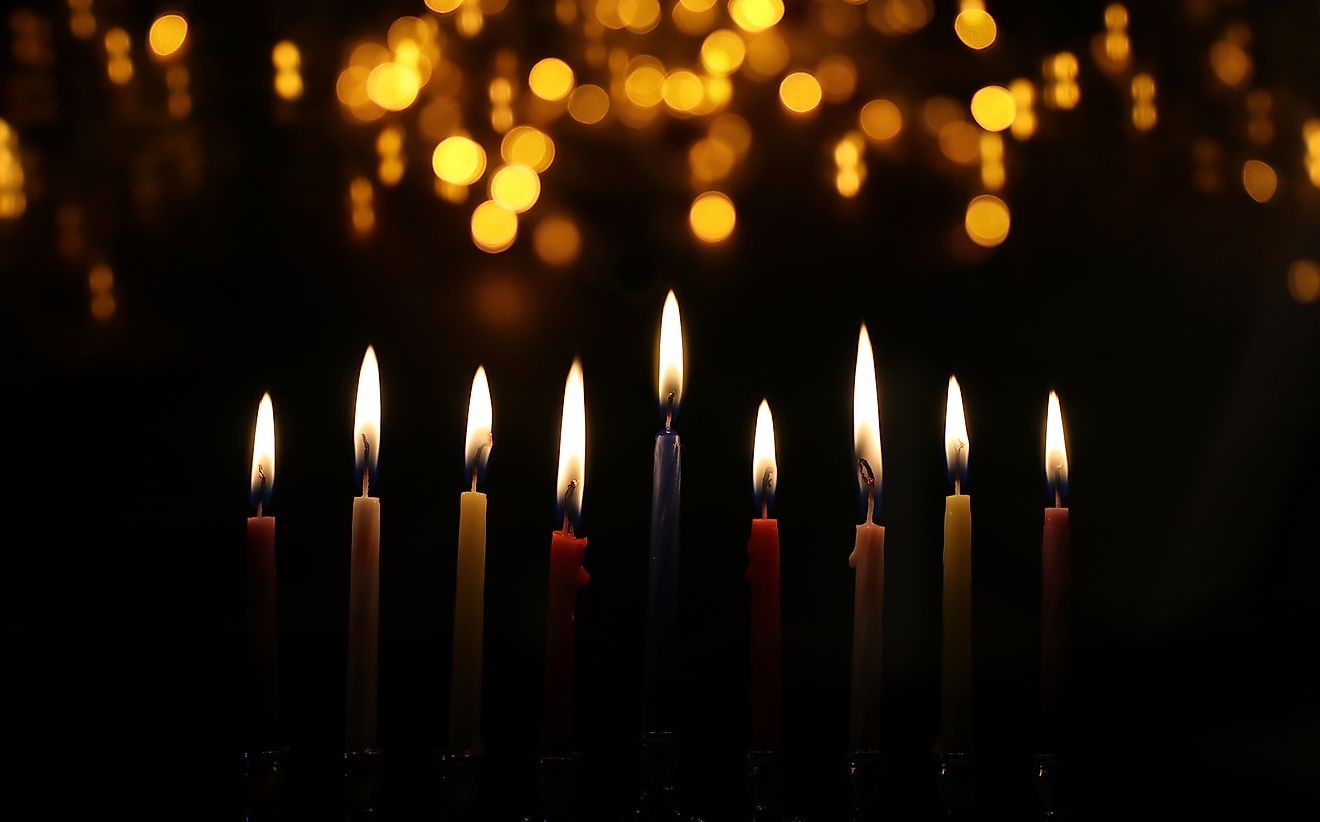The Silent Parade of 1917
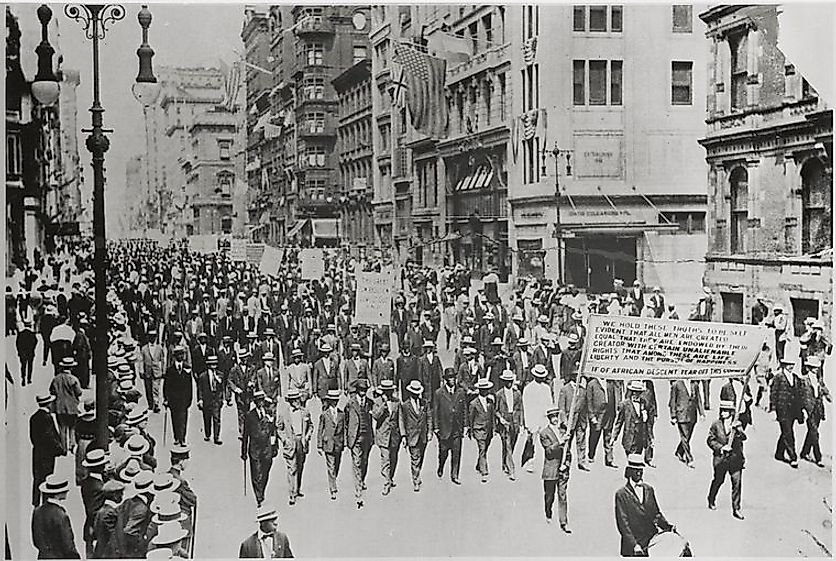
On July 28, 1917, the first mass Black demonstration in the US took place without a word on Fifth Avenue in New York City. This would come to be known as the Silent Parade. The silent action protested the lack of government protection from lynchings, racial violence, and discrimination. Organizers planned the march as a direct response to the especially brutal and deadly East St. Louis race riots. The Silent Parade attracted approximately 10,000 Black marchers from many ethnic and religious backgrounds. For almost two hours along the nearly two-mile route from 57th Street to Madison Square, participants did not speak. Their footsteps were accompanied only by the sound of muffled drumbeats.
Silent Messages of the Parade
A single row of organizers, clergy, and dignitaries marched in somber dark suits as a sign of mourning. W. E. B. DuBois, co-founder of the National Association for the Advancement of Colored People (NAACP) and the first Black man to receive a Ph.D. from Harvard University, marched without fanfare near the edge of this row.
A large bloc of children followed in white to represent innocence. Many of the youngest held hands in surprisingly straight rows. Behind the children walked row upon row of solemn women also in white. In the rear, the men marched with military precision in dark suits as a sign of mourning.
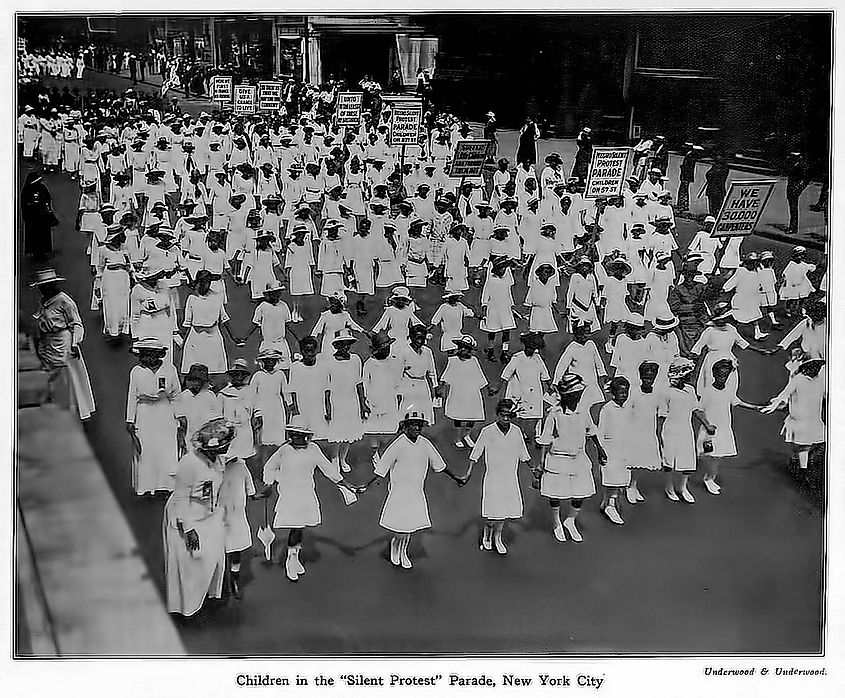
Image source: Public Domain.
The dignified manner of the participants stood in stark contrast to the behavior of white rioters and lynchers and to the stereotypes commonly held by white people about the Black community.
Some marchers carried large placards and banners that conveyed, without a single spoken word, the exact nature of the participants’ indignation:
INTERPRET FOR US IN LIVING, LOVING ACTS, THE RELIGION OF JESUS CHRIST.
MAKE AMERICA SAFE FOR DEMOCRACY.
TAXATION WITHOUT REPRESENTATION IS TYRANNY.
AMERICA HAS LYNCHED WITHOUT TRIAL 2,867 NEGROES IN 31 YEARS AND NOT A SINGLE MURDERER HAS SUFFERED.
ALABAMA NEEDS 75,000 BALLOTS TO ELECT 10 CONGRESSMEN. MINNESOTA NEEDS 300,000. HOW DO THEY DO IT?
THOU SHALT NOT KILL.
WE HAVE FOUGHT FOR THE LIBERTY OF WHITE AMERICANS IN 6 WARS; OUR REWARD IS EAST ST. LOUIS.
The Silent Parade appealed to white people to acknowledge the humanity of their Black neighbors and to strive to fulfill religious and political ideals. The action asked onlookers to identify the common causes they had with parade participants and to recognize Black people as equal citizens under the law.
The People Responsible for the Silent Parade
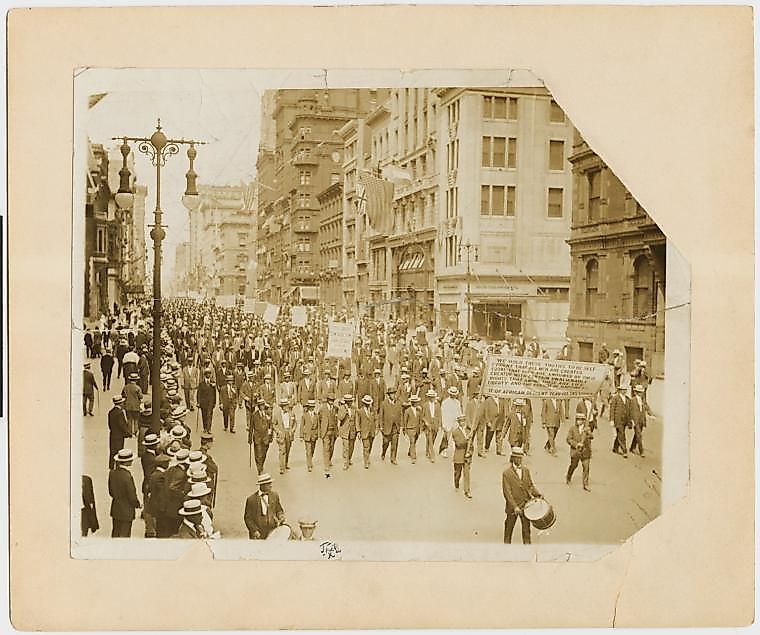
A view of the Silent Parade. Photo source: the New York Public Library Digital Collections.
Founding NAACP member Fanny Villard had organized a silent Women’s Peace Parade in 1914. James Weldon Johnson, the Field Secretary of the NAACP, used the example of Villard’s march – its route, silence, muffled drums, and mourning clothes – as a model for the Silent Parade of 1917. Johnson also had assistance from Rev. Dr. H. C. Bishop of St. Philips Church and Rev. C. Martin, a West Indian minister and founder of the Fourth Moravian Church.
The New York Black community and its brave and principled participation were essential to the success of the Silent Parade. Others also made important contributions: Journalist Ida B. Wells, reported on conditions in East St. Louis. Daisy Tapley, a popular singer and community member, led the women’s division. New York City’s Mayor John Purroy Mitchel closed Fifth Avenue for the first time for a Black-only parade.
The Role of the East St. Louis Race Riots
The organizers sought, among other goals, to “make impossible a repetition” of the cruelty and loss of life of the East St. Louis race riots (also known as the East St. Louis Massacre). The violence in East St. Louis had occurred in the context of ongoing racist attitudes. Additionally, mounting tensions resulted from increasing numbers of Black Southerners moving to Northern cities in search of more rights, better work, and less violence. This migration pattern is referred to as the Great Migration. Resulting increases in the Black population of Northern cities often led to changes in the job market and the racial makeup of neighborhoods, white Northerners generally considered these changes unwelcome.
The East St. Louis Riots of 1917
Tension in East St. Louis came to a head in May 1917. White union workers were striking at two plants important to US participation in World War I. The government responded by enticing more Black workers to East St. Louis with a promise of work and by using the Illinois National Guard to ensure Black workers could cross the picket lines. White workers saw the power of their unions dissolve and took their anger out in sporadic violence on Black workers and others. Ilinois authorities did little to curb the behavior.
On July 1, 1917, an unknown number of armed Black men, in an apparent attempt to defend themselves, unintentionally killed two white police officers. Word spread of the killings along with rumors of other offenses, and on July 2, white groups set out to avenge the officers’ deaths.
Carlos F. Hurd, an employee of the St. Louis Post-Dispatch, described the violence that left at least 40 people dead, hundreds wounded, Black neighborhoods razed, and over 6,000 people living as refugees: “The assaults and murders were cold-blooded, deliberate and incredibly brutal. . . . They were the work of groups of men and women who sought out and burned out the Negroes and then shot, beat, kicked or hanged them.”
Multiple eyewitnesses accused the agencies charged with keeping the peace with failing to act and even joining in on the violence.
What the Silent Protestors Achieved
Although a delegation from New York obtained an appointment with President Wilson on August 1, 1917, to discuss anti-lynching legislation, the President refused to keep the appointment. In 1918 a Missouri representative introduced the Dyer Anti-Lynching Bill to the House of Representatives, but the nation would not successfully pass national legislation advancing the civil rights of Black citizens until 1957.
So was the Silent Parade unsuccessful? Regardless of the quantifiable outcomes, Black people in the US took pride in having achieved such a massive undertaking. Additionally, although the result was not immediate, local enforcement efforts did reduce the numbers of lynchings.
Isabel Wilkerson, a Pulitzer Prize-winning journalist and author of a book about the Great Migration considers the impact of the Silent Parade of 1917 to be significant: “The imagery of people taking a stand in a mass demonstration sometimes becomes . . . the visible manifestation of the resistance to injustice. It’s a reminder that there are many people who are willing to put themselves on the line, to march, to show the world that they are representing many thousands, if not millions, of people who agree with them.”





